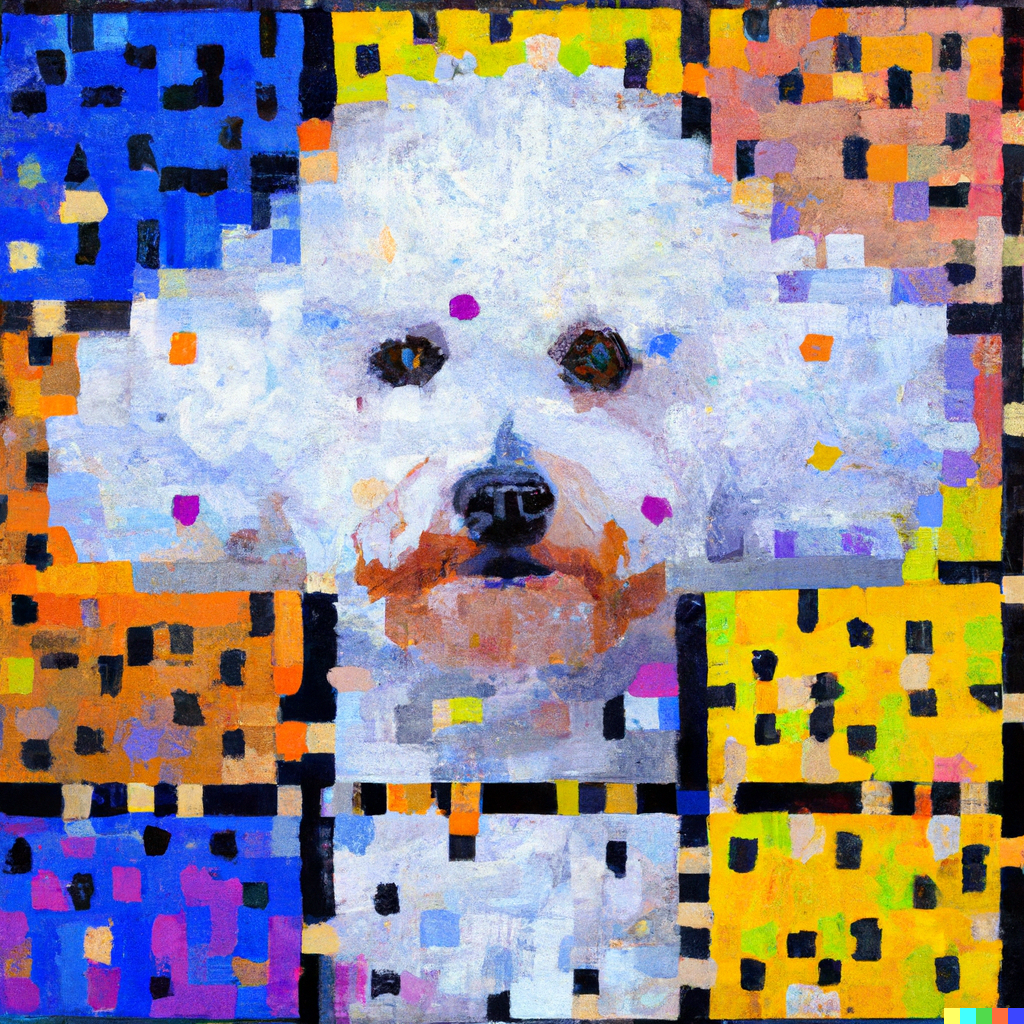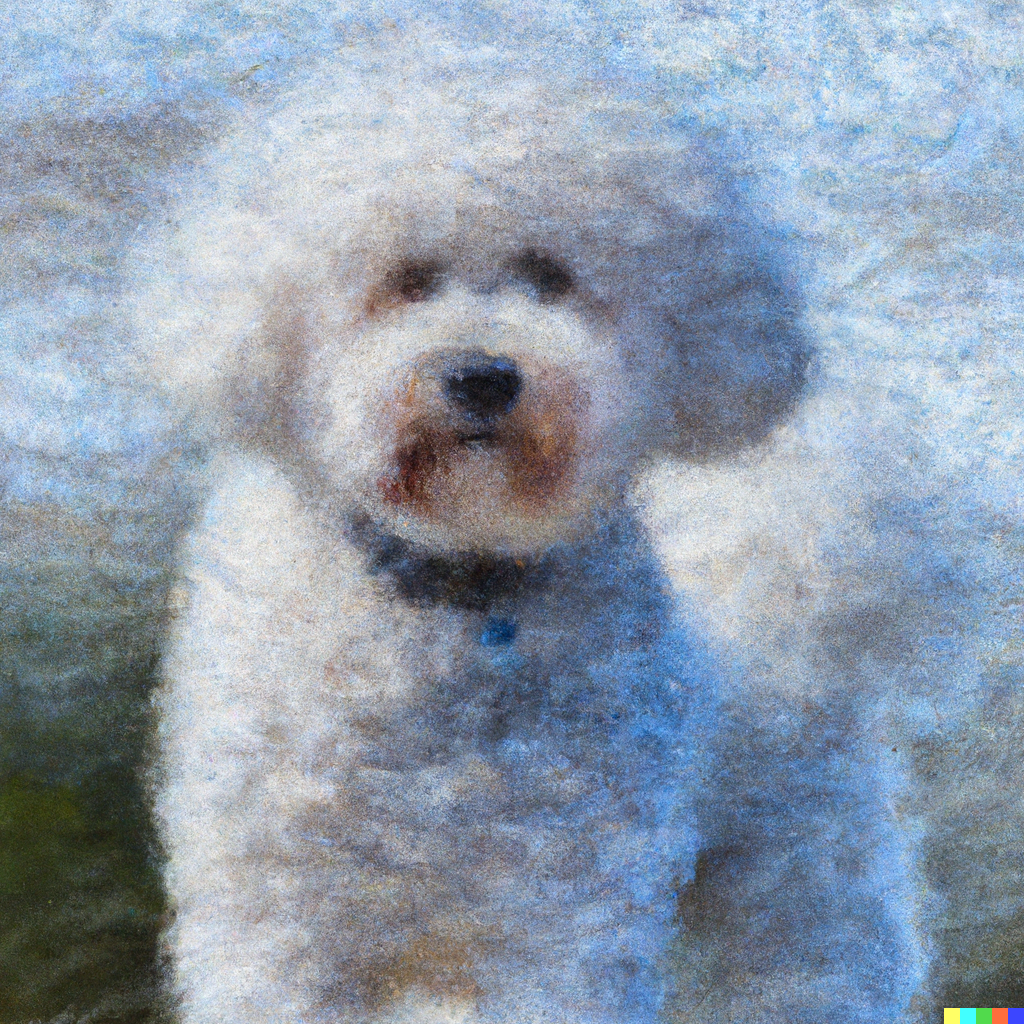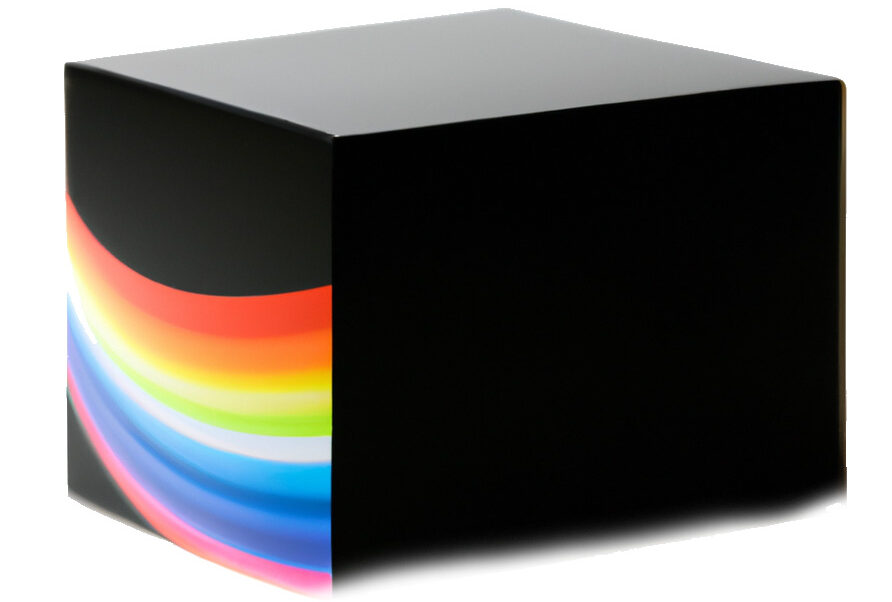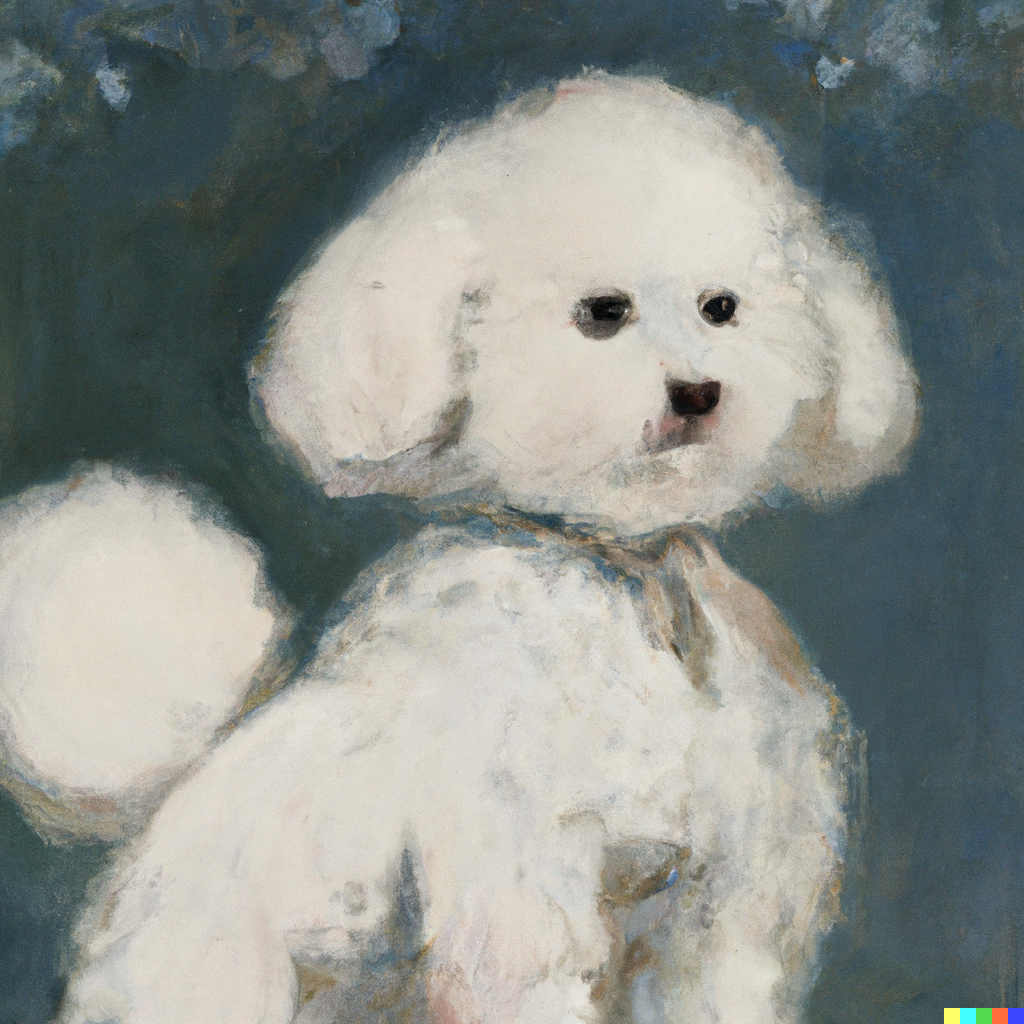A 1931 painting by the artist Piet Mondrian just sold for a record-breaking $51 million.
If you want to hang such a painting in your home, you could start saving up! Or, you could simply ask an AI image generation system to make a bespoke Mondrian-style painting for you.
In a recent article, I demonstrated how open AI’s DALL-E can generate realistic, printable art in the style of masters like Mondrian.
It’s a controversial capability, especially since the system is also able to parrot the works of contemporary artists. For iconic masters like Mondrian, however, the risks of hurting an artist’s career are probably lower. If Mondrian can sell a painting for $51 million decades after his death, an artificial DALL-E painting probably isn’t going to steal much market share from him.
How to Use DALL-E to Make an Artificial Painting
To use Dolly to make a piece of art, start by deciding on the subject. In my previous article, I chose the Golden Gate bridge.
You can choose nearly anything as your subject. This is one of the cool things about AI art generation. Using AI, you can essentially ask famous artists from centuries ago to create work depicting a modern object or place.
For this example, let’s use one of my favorite subjects: my dog Lance. He’s a bichon frise.
I’ll start by opening up DALL-E. For the basic start of my prompts, I’ll enter “a bichon frise.”
Choosing a Style
Now, to control the style of the painting, I’ll add two modifiers. The first will address the medium that we want. Many artists work in multiple media, so it’s important to tell DALL-E exactly what kind of artwork you’re trying to create.
In this case, we’ll go with an oil painting.
Next, I’ll explicitly tell DALL-E that we want a Mondrian painting.
- You add “in the style of” and then the name of your artist
- You can also say “by” and then the artist.
Here’s my actual prompt:
An oil painting in the style of Piet Mondrian of a Bichon FriseDon’t worry; DALL-E won’t experience any cognitive dissonance in asking a famous artist to paint something so silly!
Let the system run. In about 10 seconds, you should have multiple choices for your new Mondrian painting.

Although the output of DALL-E is not very large, there’s an easy way to upscale it to create realistic, printable art.
Other Styles of Painting
In addition to asking for art in the style of a particular artist, you can also ask for general styles. For example, you could ask for a Bauhaus drawing, an impressionist painting, or a renaissance era painting.
Here is an impressionist painting of my dog:
An impressionist painting of a Bichon Frise
It’s cool that AI generation systems have essentially learned about the dominant styles of an era or movement by analyzing existing works and can apply those styles to new prompts.
Ethics and discussion
Again, if you’re using DALL-E to imitate the works of a living artist, that raises a lot of challenging questions. When is mimicry OK, and when does it enter concerning moral or legal territory?
Even in using AI to imitate specific styles of art, there are other cultural concerns to keep in mind.
The works of Frida Kahlo, for example, are considered one of the core cultural assets of Spain. If I asked DALL-E to make a Frida Kahlo drawing of my dog, is that disrespectful to the country’s heritage?
Art and religion can often end up tied together too. I’m Jewish, and I think I would balk at the idea of someone using DALL-E to create a Torah scroll adorned with the face of a dog, for example.
I’d be totally fine with a Bichon menorah, though!
A menorah with a bichon frise's face in the design
I understand the distinction between “Okay” and “Not Okay” because I’m a member of the Jewish particular culture. But if you’re using DALL-E to create art in the style of a culture of which you’re not a part, you can wander into cultural appropriation very quickly.
As with nearly everything in AI, new capabilities open up new questions.
Conclusions
AI systems like DALL-E have an incredible ability to learn from and mimic the styles of various artists. This can be powerful, and it can allow you to create beautiful works, and also to explore an artist’s style in a hands-on way.
At the same time, it’s important to be sensitive to cultural and economic issues that might be at play. Keeping these things in mind makes it easier to enjoy the power of AI art generation without letting that power go to your head.
My pretend Mondrian paintings probably won’t be selling for $50 million anytime soon. But it’s possible that art generated by AI today could be seen as an important part of the world’s artist culture decades in the future.

